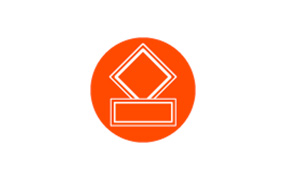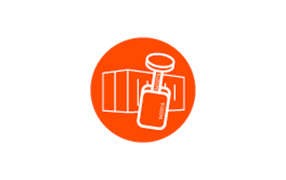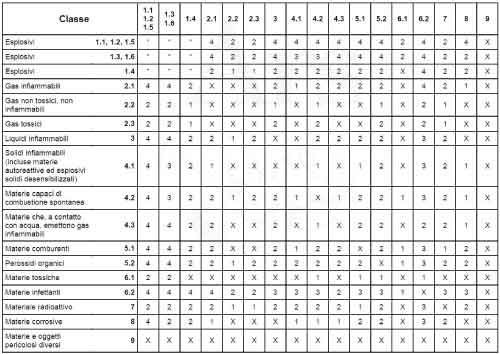Transport of dangerous goods by sea – IMDG
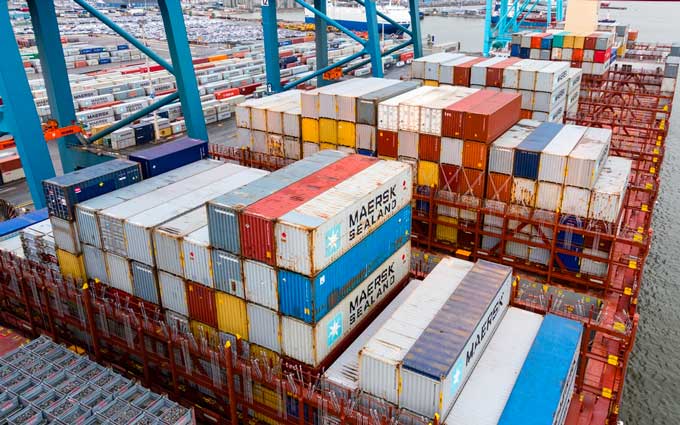
Transport of dangerous goods by sea – IMDG
Discover the fundamental products to ship according to IMDG
Are you sure you are shipping in compliance with IMDG?
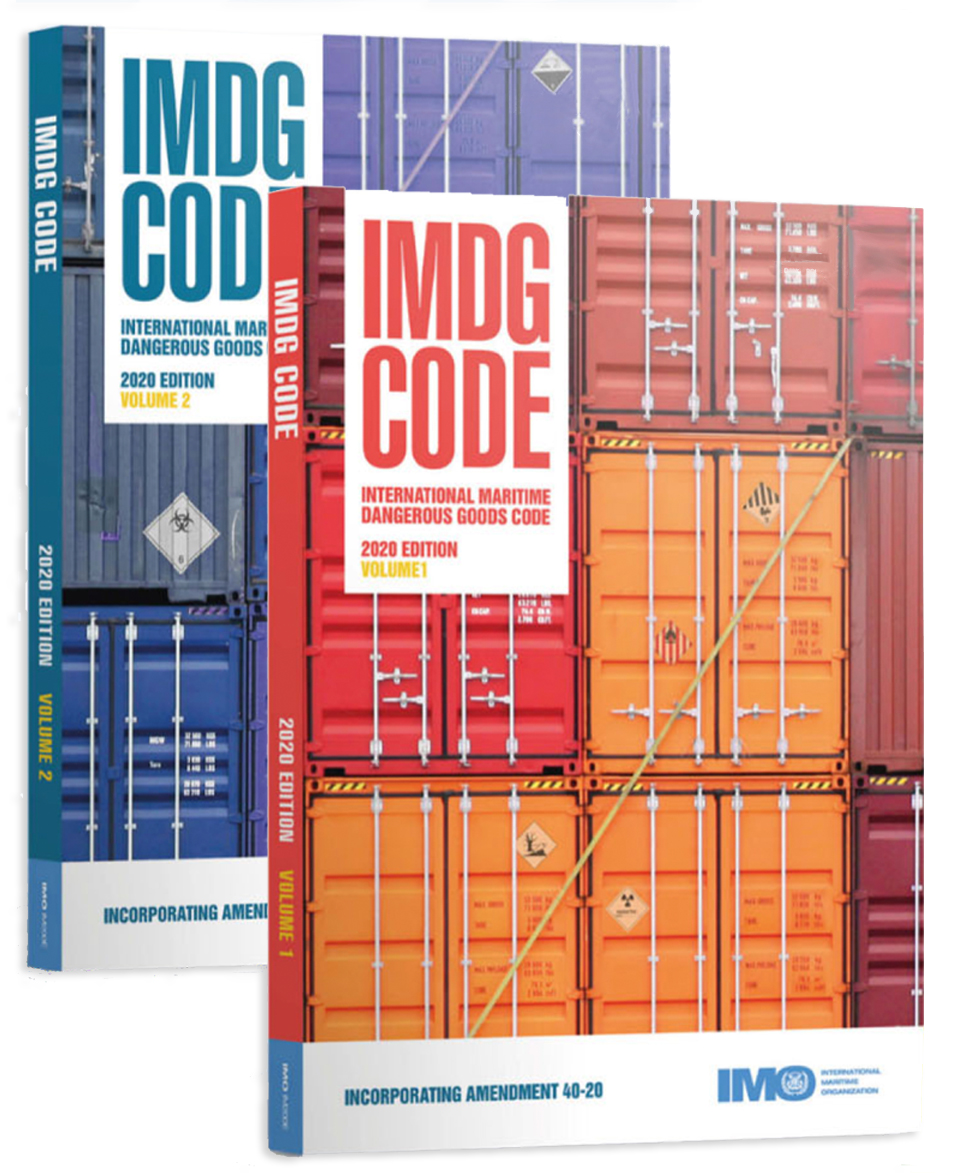 To ship dangerous goods by sea, the right manual to consult is the IMDG, thus the International Maritime Dangerous Goods Code which is updated every 2 years. Currently, the most updated edition is IMDG 2020 (40-20 edition).
To ship dangerous goods by sea, the right manual to consult is the IMDG, thus the International Maritime Dangerous Goods Code which is updated every 2 years. Currently, the most updated edition is IMDG 2020 (40-20 edition).
To perform a compliant delivery, different aspects must be considered and analyzed.
All these aspects are described thoroughly in the manual but, in some cases, it can be hard to find or interpret them. The main issues that shippers must deal with are about the choice of the right packaging, labels, and marks to apply on packages and finally placards and panels to put on containers.
Shipment document: Multimodal Dangerous Goods Form. What is it and how do you fill it?
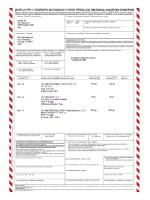 To ship dangerous goods by sea you must consult regulations contained in IMDG, thus the International Maritime Dangerous Goods Code which is updated every 2 years. Currently, the most updated edition is IMDG 2020 (40-20 edition). To perform a compliant delivery, different aspects must be considered and analyzed. All these aspects are described thoroughly in the manual but, in some cases, it can be hard to find or interpret them. The main issues that shippers must deal with are about the choice of the right packaging, labels, and marks to apply on packages and finally placards and panels to put on containers.
To ship dangerous goods by sea you must consult regulations contained in IMDG, thus the International Maritime Dangerous Goods Code which is updated every 2 years. Currently, the most updated edition is IMDG 2020 (40-20 edition). To perform a compliant delivery, different aspects must be considered and analyzed. All these aspects are described thoroughly in the manual but, in some cases, it can be hard to find or interpret them. The main issues that shippers must deal with are about the choice of the right packaging, labels, and marks to apply on packages and finally placards and panels to put on containers.
| UN number and name of goods These details must be written on the MDGF, preceded by “UN” letters: all UN numbers contained in the shipment, proper shipping name, danger class, and possible packing group. |
| The chemical name of goods If your dangerous goods, meaning one or more UN numbers, fall under Special Disposition 274, then you will have to add in brackets the chemical name when filling the MDGF, as requested by the IMDG manual in chapter 3.1.2.8.1. |
| Marine Pollutant If some goods have been classified as dangerous for the environment the writing MARINE POLLUTANT must be added. This wording must be inserted in the MDGF even if it is not required to put the “dangerous for environment” mark on the package. |
| Flashpoint When you deliver flammable goods, with just a few exceptions, you must report in the MDGF the flashpoint as well. |
| EmS codes EmS codes, thus codes for emergency procedures, must be indicated exactly as written in column 15 of the dangerous goods list, including the underlining if it were present. When underlined, these EmS codes are considered “special”. Actually, they refer to a substance, material, or object that requires special provisions during emergency procedures. |
| Limited Quantities If you ship one or more UN numbers in limited quantity, on the MDGF you must add the writing “Limited Quantity” on the side of each of these numbers. |
| Packaging and quantity For every UN number, you must indicate the number and the type of packaging, net, and gross weight of the goods. In the case of combined packaging, it is not necessary to add the description of inner packaging, but only of the outer one. You don’t even need to add in the MDGF the complete certification mark. These two specs are well described in memo no 12 of 09/09/2004. |
| Second pages If, when filling MDGF at point 14 on the first page, you realize there’s not enough space to list all the goods contained in the shipment, the person taking care of its compilation may use the second page, which contains a space on purpose. If even this space is not enough, “second pages” can be added until when complete. |
| MSDS (Material Safety Data Sheet) For every UN number, you must supply a safety sheet about the dangerous goods contained in the shipment. |
| Emergency Numbers According to decree 302/2014, point 6.14, shippers or shipping agents must provide with shipper’s emergency numbers to the ship commander. This decree is valid for all shipments leaving from Italy. |
What is segregation?
Definition, by IMDG 7.2.2.1: “Segregation is the process of separating two or more substances or articles which are considered mutually incompatible when their packing or stowage together may result in undue hazards in case of leakage or spillage, or any other accident.”
Unless differently requested, to determine the segregation requirements it is necessary to:
- Consult column 16b of the dangerous goods list (IMDG 3.2).
- Consult the segregation table (IMGD 7.2.4)
The segregation table, instead, defines general provisions among the different danger classes of dangerous goods.

